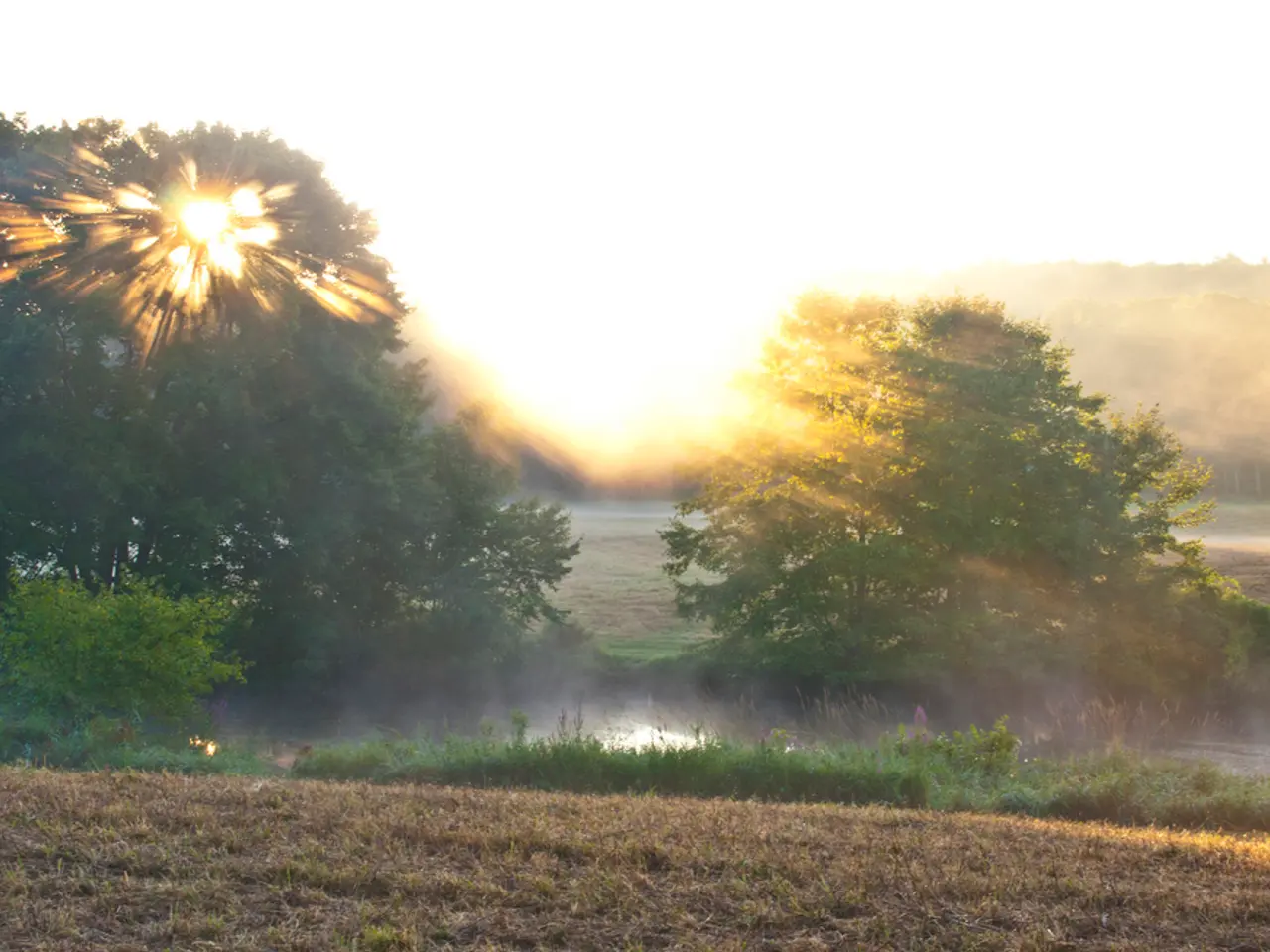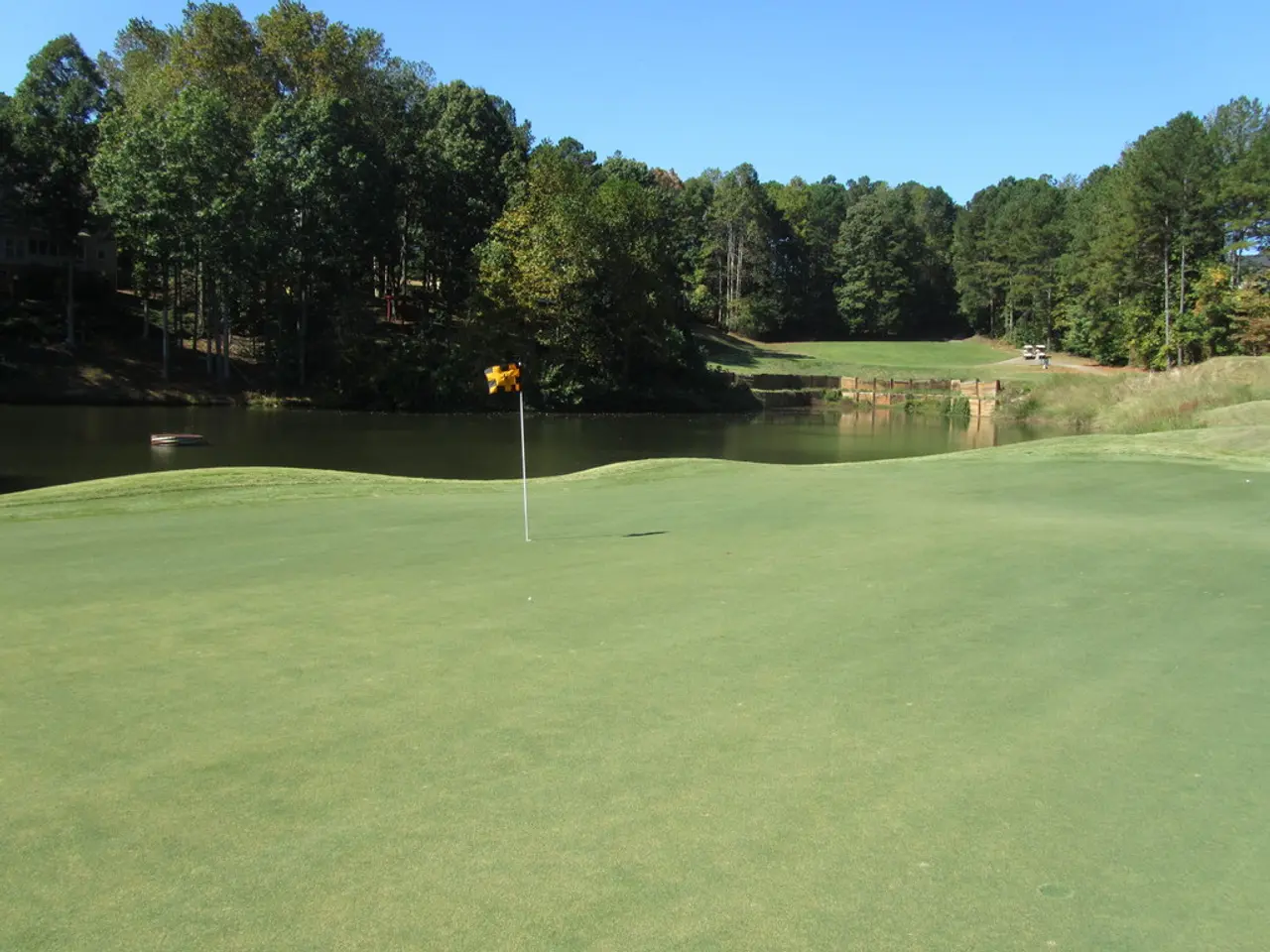The Expense on Plant Soil: Is It Justified by Its Value?
For those embarking on gardening or landscaping projects, the cost of soil can be a significant factor. Here are some tips to help you save on soil while maintaining quality for your plants.
Buying Soil in Bulk
If you require a large amount of soil for your project, it may be more cost-effective to buy it in bulk from a landscaping company. By purchasing in quantities such as 3 cubic yards or more, you can take advantage of lower per-unit rates and sometimes even free delivery offers. Just remember that the type of soil you need will impact the cost, with high-quality topsoil being more expensive than lower-quality options containing rocks, twigs, and other debris.
The Power of Compost
For small-scale gardening, compost can be a primary constituent of the soil. Not only does it provide organic matter, but it also offers macronutrients, micronutrients, trace minerals, beneficial bacteria, and various decomposers. Amending soil with compost is more cost-effective than buying new soil, as you can create your own compost from food scraps, coffee grounds, tea leaves, junk mail, and cardboard.
Cost-Saving Strategies
To save on topsoil, consumers can compare local suppliers carefully, as prices and delivery fees vary regionally. Additionally, avoiding unnecessary premium blends if standard topsoil meets your landscaping needs can help reduce costs. Mixing compost with topsoil yourself rather than buying pre-blended mixes can also help save money.
DIY Soil Mixtures
Making homemade soil is possible and cost-effective. One such recipe calls for a mix of 2 parts coconut coir, 1 part finished, sifted compost, and 1 part perlite. This homemade soil mixture provides a balanced environment for plants to thrive.
Coverage and Depth
One cubic yard of topsoil, compost, or mulch covers about 100 square feet of space at a depth of 3 inches. Keep in mind that delivery fees may apply when buying soil in bulk, but discounts on delivery may be offered for bulk purchases.
Improving Existing Soil
Turning the existing soil over and adding leaves and clippings from the garden, as well as a bit of vegetarian manure, can also help improve the soil's quality. This approach is not only cost-effective but also environmentally friendly, as it reduces waste.
In summary, by considering bulk purchases, comparing suppliers, self-mixing compost, and making homemade soil, you can significantly reduce the cost of soil for your gardening and landscaping projects. Prices for topsoil can vary, with the average cost being around $618, but most homeowners spend between $262 and $1,015. By following these tips, you can keep your costs within budget while enjoying a beautiful garden or landscaped space.
(Note: Prices quoted are from mid-2025 data and may vary with local market conditions.)
When dabbling in gardening or landscaping projects, consider buying soil in bulk from a landscaping company to save money, especially for large-scale endeavors. Alternatively, for small-scale gardening, creating homemade soil from compost, coconut coir, and perlite can be an economical solution. This DIY approach offers a balanced environment for plants to flourish, and homeowners can create their own compost using everyday items like food scraps, coffee grounds, and cardboard.




